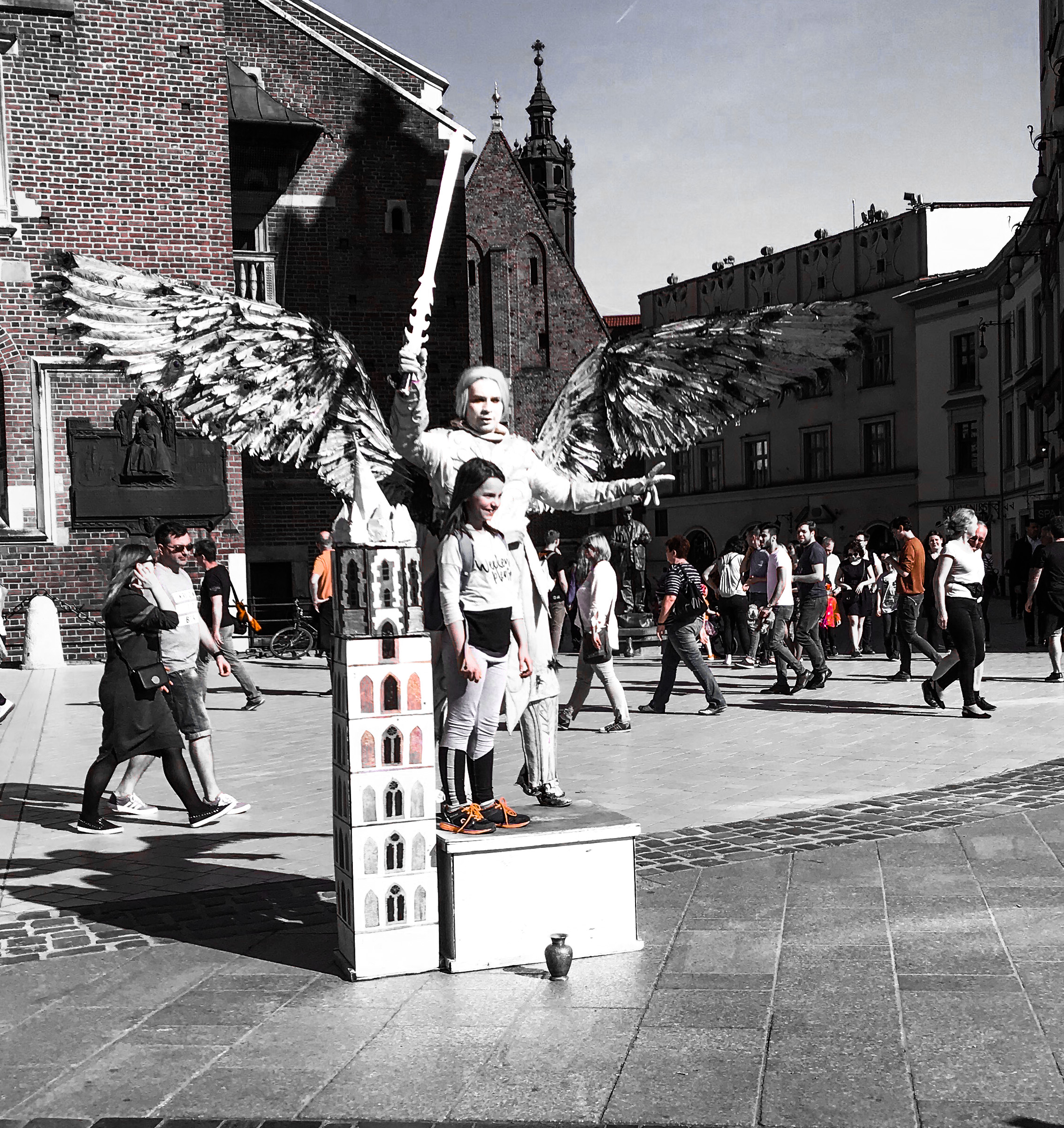Poetry and Architecture Talk to Each Other

The event preceded the architecture and the poem was the mediator. The story is clearly delineated; poetry and architecture are talking to each other forever.
—Carlos Brillembourg

The event was the heroic political protest by Jan Palach on January 16, 1969. On this day Palach set himself on fire to protest the demoralization of the Czech people by the Soviet occupation of his beloved country.
It was not so much in opposition to the Soviet occupation, but the demoralization which was setting in, that people were not only giving up, but giving in. And he wanted to stop that demoralization. I think the people in the street, the multitude of people in the street, silent, with sad eyes, serious faces, which when you looked at those people you understood that everyone understands, that all the decent people were on the verge of making compromises.
The House of Suicide and the House of the Mother of the Suicide


The House of the Suicide and the House of the Mother of the Suicide by John Hejduk are often considered two “characters”—a mother and a son. Each 9-foot by 9-foot cube is topped by a crown of steel spikes.
Hejduk’s work is deeply moving as well as political, a reminder that form and content are not polar opposites. “Pieces are in the middle between incredible beautiful and poetic and strong with a message,” noted Renata Hejduk. “My father thought of the spikes as a sunburst, as sonic—the mother is quiet and turning in on herself. Implosion of sound and explosion. The sonic act when Jan dies is his sound going out into the universe as an act against the apathy of the students in 1968. He set himself on fire to set them on fire.”
In this current iteration fabricated by Czech KRUNTORÁD Metal Design, the son, or The House of the Suicide, is clad in burnished stainless steel and the mother is clad in dark CorTen steel. The son structure is totally sealed, but the House of the Mother has a cramped room with a single window that looks forever out at her martyred son.
Jan Palach’s Funeral by David Shapiro
The statues with a commemorative plaque with a poem by U.S. writer David Shapiro called “Jan Palach’s Funeral” was unveiled January 16, 2014 on the anniversary of Jan Palach’s death. Shapiro wrote the poem after reading about Palach’s act in newspapers in 1969. Shapiro read the verses at the ceremony.

The Funeral of Jan Palach
When I entered the first meditation
I escaped the gravity of the object,
I experienced the emptiness,
And I have been dead a long time.When I had a voice you could call a voice,
My mother wept to me:
My son, my beloved son,
I never thought this possibleI’ll follow you on foot.
Halfway in mud and slush the microphones picked up.
It was raining on the houses;
It was snowing on the police-cars.The astronauts were weeping,
Going neither up nor out.
And my own mother was brave enough she looked
And it was alright I was dead.—David Shapiro
About The Author
admin
Related Posts
Spring has sprung in and out Krakow
The mimes are out in the Main Square. The ermines are out. Outdoor…
April 24, 2018Without atmosphere a painting is nothing
For twenty years the Netherlands’ greatest artist Rembrandt Harmenszoon van Rijn lived and worked in…
April 24, 2018


nanseeking | 24th Apr 18
Wow. How moving. What a memorial. What a sad, brave act.
admin | 26th Apr 18
I wish we would have had time to go to the place where he set himself on fire and see the memorial there. He did not die at the site, but three days later in the hospital. When you visit Prague you can’t imagine that it was ever a Communist country. It’s so vibrant and alive and not just with tourists!